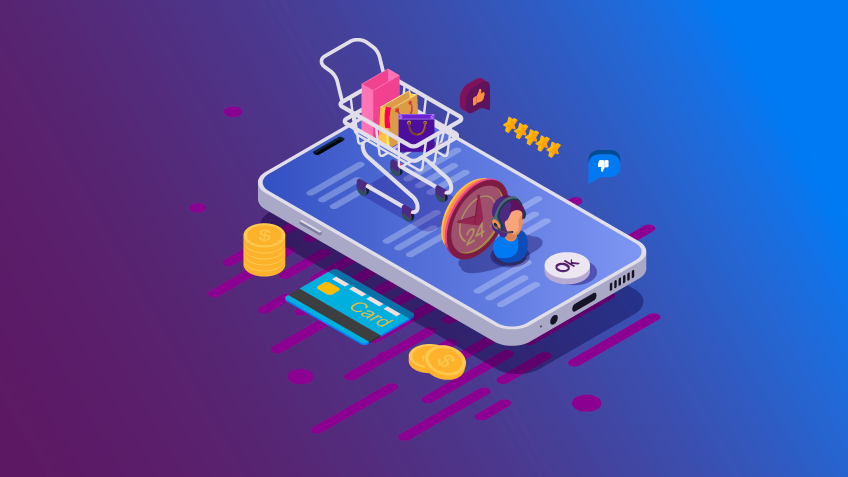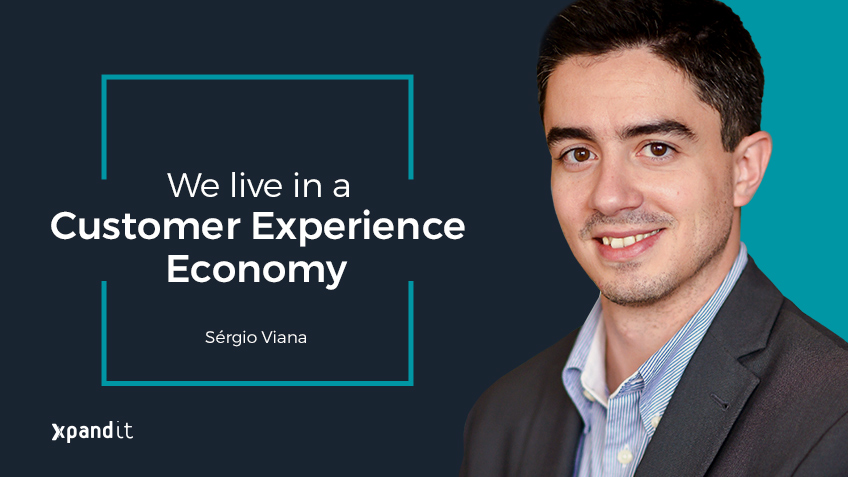5-SECOND SUMMARY:
- Phygital is a shared space between the physical and digital worlds and is a trend capable of impacting all sectors and industries;
- There are various ways to approach Phygital in different sectors and with various purposes: Retail, Banking, Insurance and Tourism;
The boundaries between the physical and digital worlds have, over the years, blurred as a result of the technological developments at different levels – and the strategies defined by each company.
This trend has been accelerated by the pandemic we’ve lived through for two years now. All digital initiatives have gained fundamental importance compared to other initiatives, often not by conscious choice or conscious decision but out of necessity. A shared space has been created between the physical and digital worlds, allowing us to take advantage of both in a hybrid way, and enabling us to fulfil our goals – whatever they may be. This is how we define Phygital, the mix of physical with digital that, as a trend, has the potential to impact all sectors and industries.
We can all recall concrete examples of Phygital in our daily lives, even before the pandemic. Examples include Augmented Reality applications such as IKEA’s (which allowed us to see how a specific piece of furniture would look in our living room by using our mobile phone) or even retailers such as Graham & Brown (that allow us to try out a new wallpaper, using our mobile phone to choose the area where we want to apply it, seeing on the mobile app how it would look, and even calculating the quantity of wallpaper a customer would need to apply it to their living room).
These applications used existing technologies to improve the user experience by merging the physical and the digital worlds. Even when these weren’t forms of interaction offered by brands, it was possible to see the trend happening: how many of us didn’t consult digital content while at a physical store browsing different articles, be it reviews from other people, informative videos about a specific product, etc.? All these examples clearly demonstrate that there’s a significant space to occupy with hybrid interactions and that brands that manage to do it better will undoubtedly be those that, in different aspects, will retain the attention of users and build loyalty based on a differentiating value proposition.
There are various ways to approach Phygital in different sectors and with various purposes. Here are a few to reflect about:
Retail
It’s perhaps the sector with most work done in this area, through concepts such as Magic Mirror (in which you can try on clothing items in a dressing room and check helpful information, complete the look with other items, etc.), or even examples of Augmented Reality such as those that I mentioned above. However, there are simple things that can keep the user in the context of the brand’s app, such as providing specific content related to the product they’re checking or more sensory experiences – such as witnessing a meal being cooked at a supermarket and, by scanning a QR code, all products are added to the shopping cart so that the customer can make the recipe.
Banking
This is a sector in which a more significant number of customers want to be served remotely, making it more important to offer them a relevant experience when they go to a branch. Fully digitalised account opening processes that combine technology with a more human component or even helpful information given to a user when they’re entering a branch are concrete examples of what can be done to make a difference.
Insurance
Simple initiatives, such as taking a picture of an expense and automatically recognising the data to be submitted for a claim or using insurance apps as practical support in the event of an accident that results in the need for physiotherapy are examples of what can be done with existing technology – and examples that contribute significantly to building the relevance of insurance companies in our daily lives, something so pressing for the industry.
Tourism
The possibility of using our devices when visiting a hotel, either to interact with the room, learn more about the surrounding areas or experiences that we can enjoy are examples of how we can use technology for the sake of experience.
Final Thoughts
There are several more examples that we can give and many more that would result from joint work and brainstorming sessions to look for a way to take advantage of the Phygital trend for the benefit of people. Of course, all these interactions will imply that Information Systems are prepared for this, which in some cases will be more straightforward than in others – and often, not because of technology, but because of each client’s digital maturity. However, it’s certainly something to bear in mind as we get ready to live in a more physical and humane world, but certainly (and permanently) a more digital one.



















